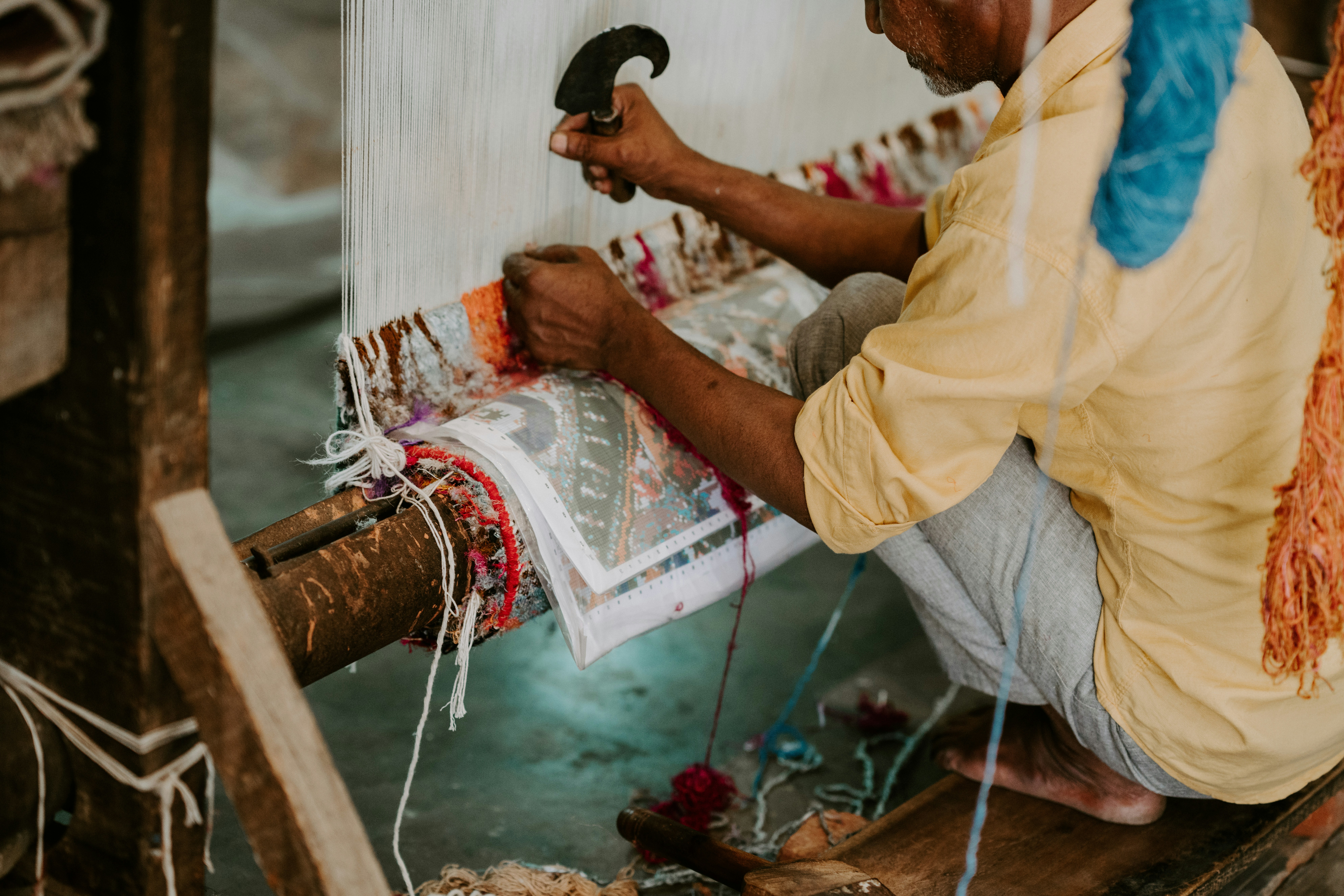
Indian weavers and Sustainability
Indian weaves embody the essence of sustainability through their traditional practices and eco-friendly materials. Handloom weaving, a time-honored craft in India, uses natural fibers such as cotton, silk, and wool, often dyed with organic and plant-based colors. These practices not only reduce the carbon footprint but also preserve the biodiversity of the regions from where these materials are sourced. The weaving process itself is a largely manual ordeal, minimizing the use of electricity and machinery, thus conserving energy. Handloom weaving supports local economies and provides livelihoods to numerous artisans, promoting social sustainability by maintaining the cultural heritage and skills passed down through generations.
Indian weaves are characterized by their craft, durability and appeal, encouraging a shift away from fast fashion towards a more sustainable consumption pattern. The detailed designs and superior quality of handwoven textiles ensure they are enjoyed and maintained over long periods, reducing textile waste. Initiatives to promote Indian weaves, such as government schemes and fashion industry collaborations, further enhance their sustainability quotient by creating awareness and increasing demand for these eco-friendly products. By embracing Indian weaves, we can contribute to a sustainable fashion ecosystem that honors tradition, supports artisans, and promotes environmental responsibility.